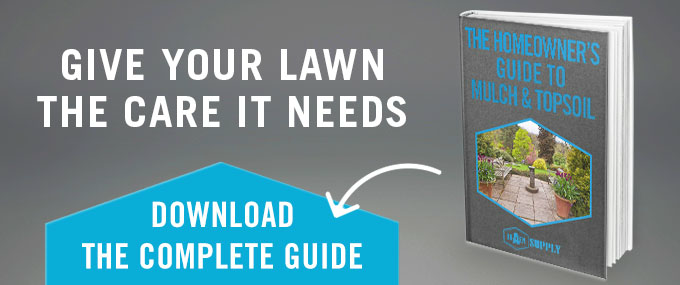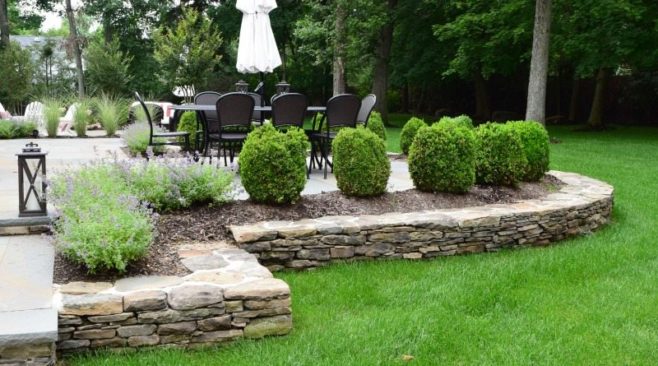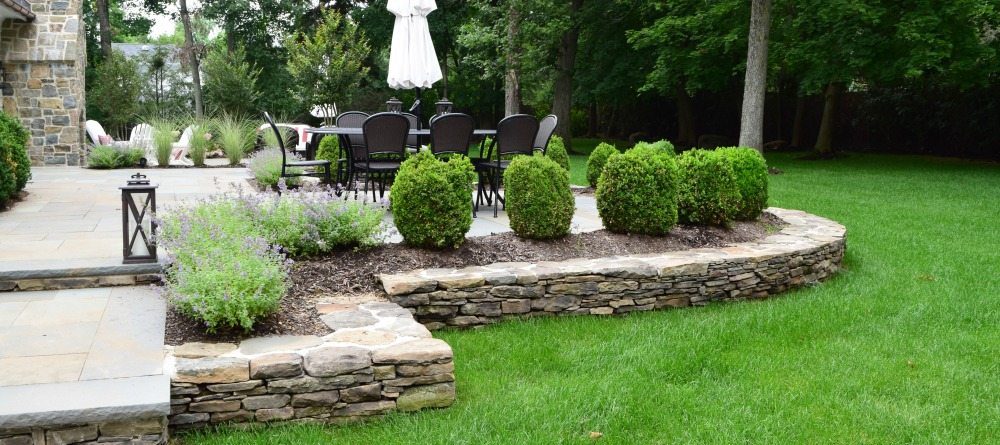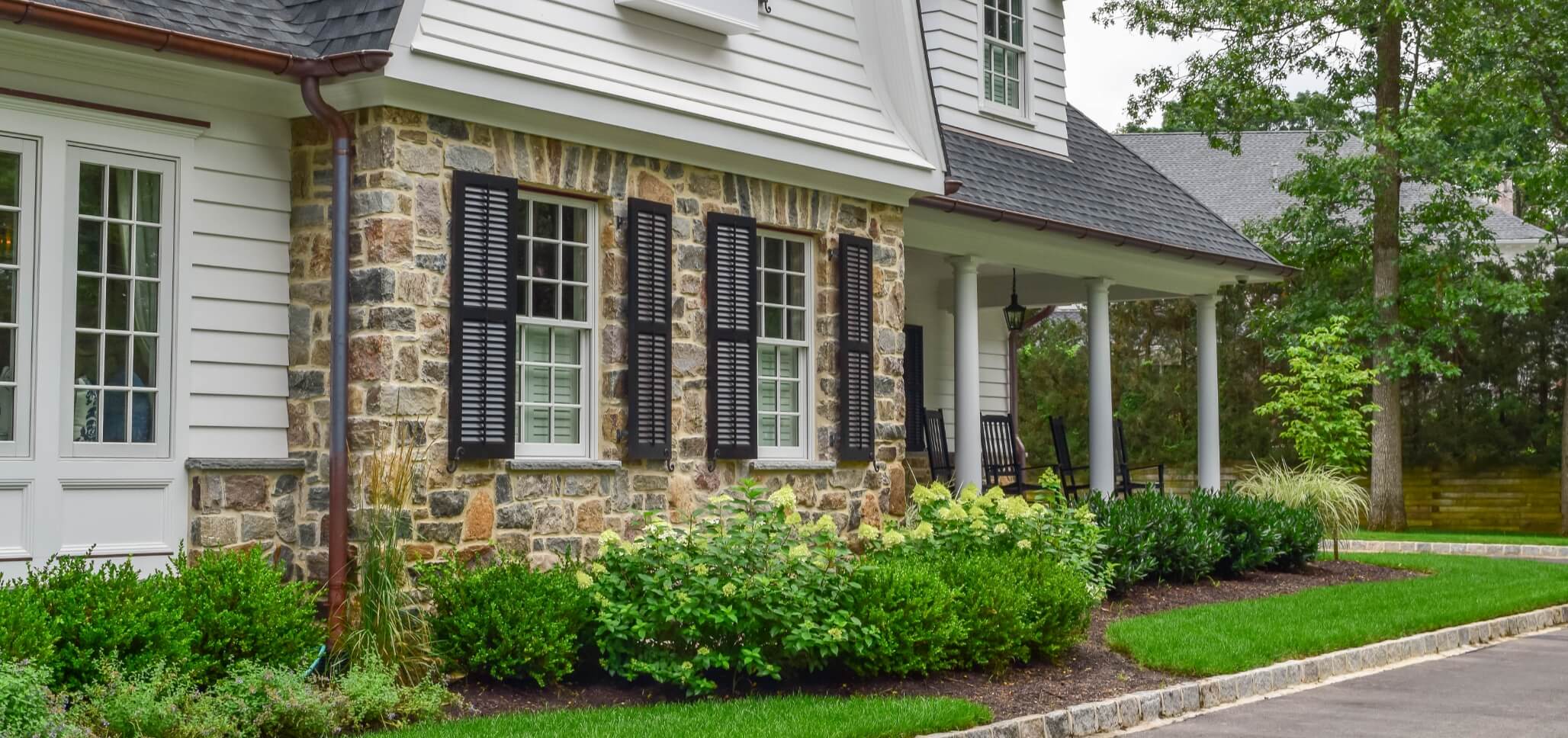Braen Supply believes in providing customers with valuable information that will aid in their hardscaping experiences in NJ. It’s important to remember that before any project, understanding the base material compaction process is crucial. This blog post by Alliance offers 5 expert tips for compacting native soil.
The following post is an article by Alliance. The writer that wrote the article below is not affiliated with Braen Supply in any way.
Proper compaction of the subgrade and base material is key to a successful hardscape design. In this blog post our Technical Support Manager, Mike Huber, will lend 5 expert tips for compacting your subgrade or native soil.
1. Get to know your native soil.
Before beginning your project, identify the type of native soil you’re working with. Make sure that it’s suitable for supporting the expected load, whether pedestrian or vehicular. Highly organic soils need to be removed and clay soils may need to be removed or amended.
2. Amend (if needed).
Amending clay soils can be done with:
- Portland cement
- Larger clean stone compacted into the clay
- A combination of the above
3. Check moisture content.
Granular soils should have a certain moisture content for proper compaction. Moisture will lubricate the particles and help them slide into place.
4. Use the right compaction equipment.
First, make sure your compactor is large enough for the job … then make sure you use the right type of compactor. Vibratory plate compactors are appropriate for granular soil types, but jumping jacks or sheepsfoot rollers are necessary for clay soils. Native soils should be compacted to 98% Proctor Density.
5. Don’t reuse excavated materials.
It’s important to never put excavated materials from a site back into the hole. Once soils are excavated they “fluff” by 20-30% and are usually unsuitable for compaction back to their original density.
Follow these five pieces of advice and you’ll be in good shape for the remaining phases of your project.
One last tip! If you find your soil is substandard or questionable, consider using a geotextile fabric to add an additional layer of strength.



